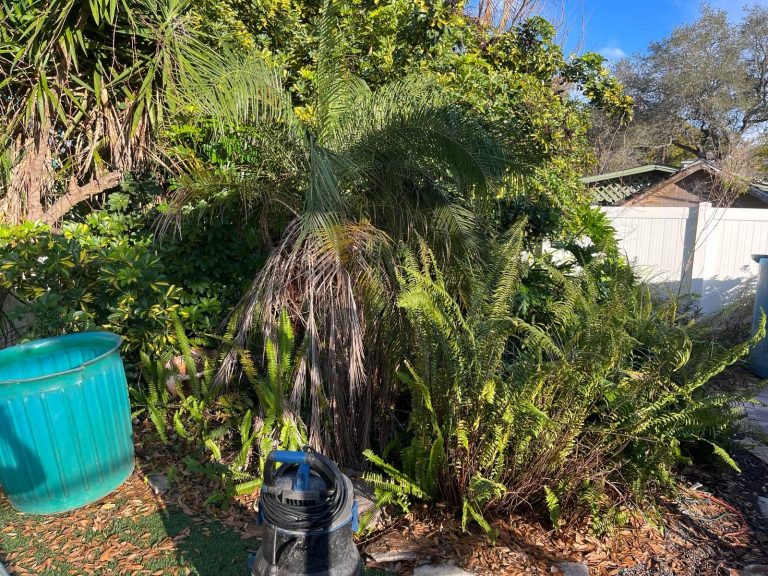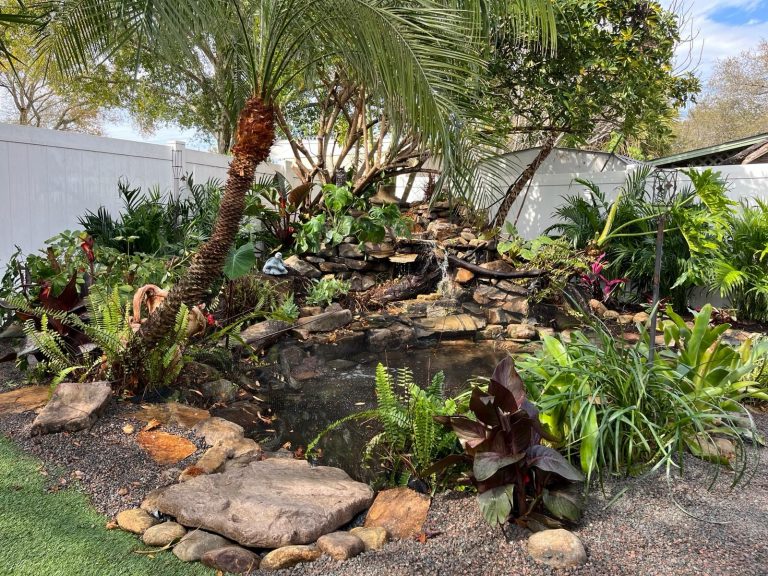

Before/After Picture
Restore the Natural Beauty of Your Koi Kompanion Pond
Revitalize Your Pond
with Our Cleaning Services
Why Clean Your Pond?
Benefits of Professional Pond Cleaning
Clarity
Experience crystal-clear water.
Aesthetics
Maintain or restore your pond's visual appeal.
Health
Keep your koi and aquatic life thriving.
Longevity
Extend the life of your pond's components.
Services Prices
Our Pond
Cleaning
Services
Evaluate pond size, condition, and cleaning needs.
For deep cleanings, safely relocate fish.
Use specialized equipment for thorough cleaning.
Reintroduce fish, balance ecosystem, apply treatments.
Cleaning Plans
Our Cleaning Process
“Very professional and stride to achieve excellence. It’s an honor to be a customer of such a great business. Knowledgeable in all aspects of their business.”
“Chris and Nick the owners are the best at what they do and how they work. Awesome team if you asked me personally.”
“Amazing experience!........feels more like family than a business transaction.......exactly what I wanted, you won't be sorry!”
“Great service & very knowledgeable! Go out of their way to help you out.”
Happy Clients
Our Testimonials
Basic cleanings annually or bi-annually; deep cleanings every 3-5 years depending on maintenance.
Our methods are designed to be fish-safe, especially with basic cleanings. Deep cleanings have more impact but are managed carefully.
For basic ponds, we provide starting prices; more complex systems require an on-site evaluation.
All labor, basic materials, and treatments. Additional materials or complex repairs are quoted separately.

